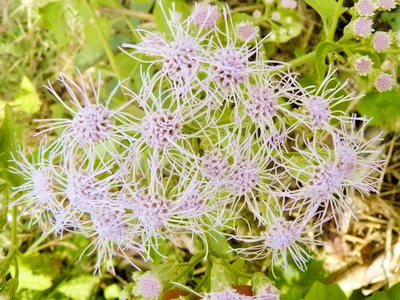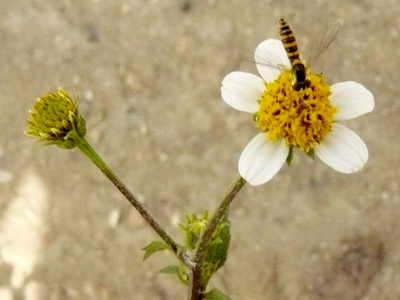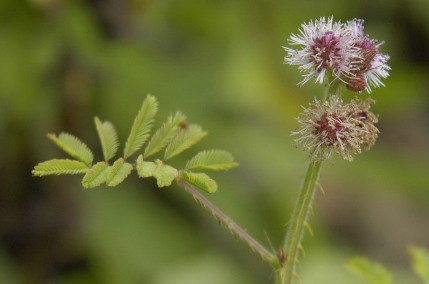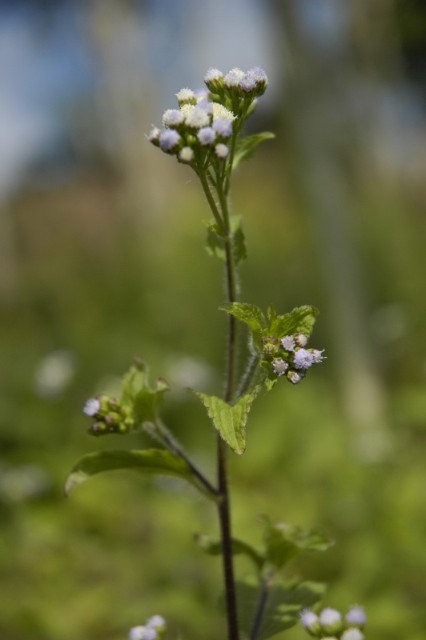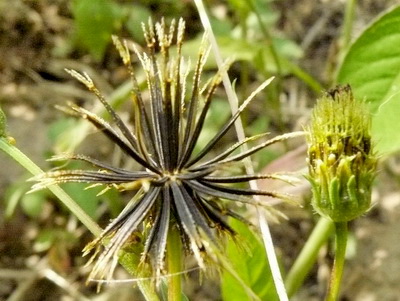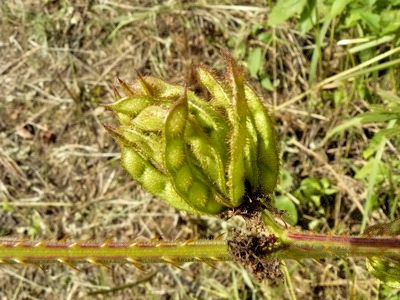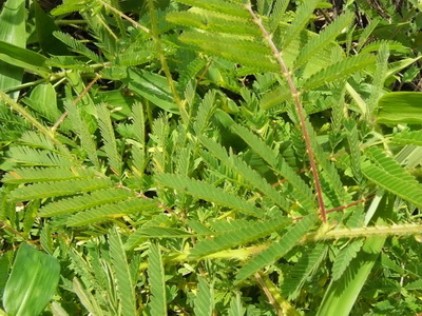Bad Weeds The term 'bad weeds' is a little misleading as there is really no such thing as a bad plant, all plants create habitat for small animals and help to increase the organic matter in the top soil but there are some plants that will make the land harder to work by covering the earth in prickles and thorns. Others may have irritating poisons and some may attract irritating insects like hairy caterpillars. In fact it is the job of aggressive plants like these to protect the land from further damage from animals. These aggressive plants usually only appear and become dominant when the land has been damaged by any of a number of things. Once that would have been damage done by animals but today it is damage from modern tillage agriculture, road building, forestry, mining, urban development and the use of poisons and fire as land management tools. Aggressive plants are working together to keep animals and therefore humans out of the area so that erosion can be controlled and topsoil can return. But if people want to work the land then it may be helpful to remove those weeds and replace them with other gentler ground covers that feed the ecosystem and build soil. The types of weeds that people have to deal with varies greatly around the world, from place to place and climate to climate, so it would be a little difficult to list all the weeds that you may end up having a problem with. The purpose of these examples here is to give you an idea of what sort of characteristics you may be looking for in a plant that will tell you if this a problem plant to be eliminated or a useful plant to be spread around the garden.
|
Above, xanthium spinosum Above, xanthium spinosum Above, urena lobata Above, urena lobata |
